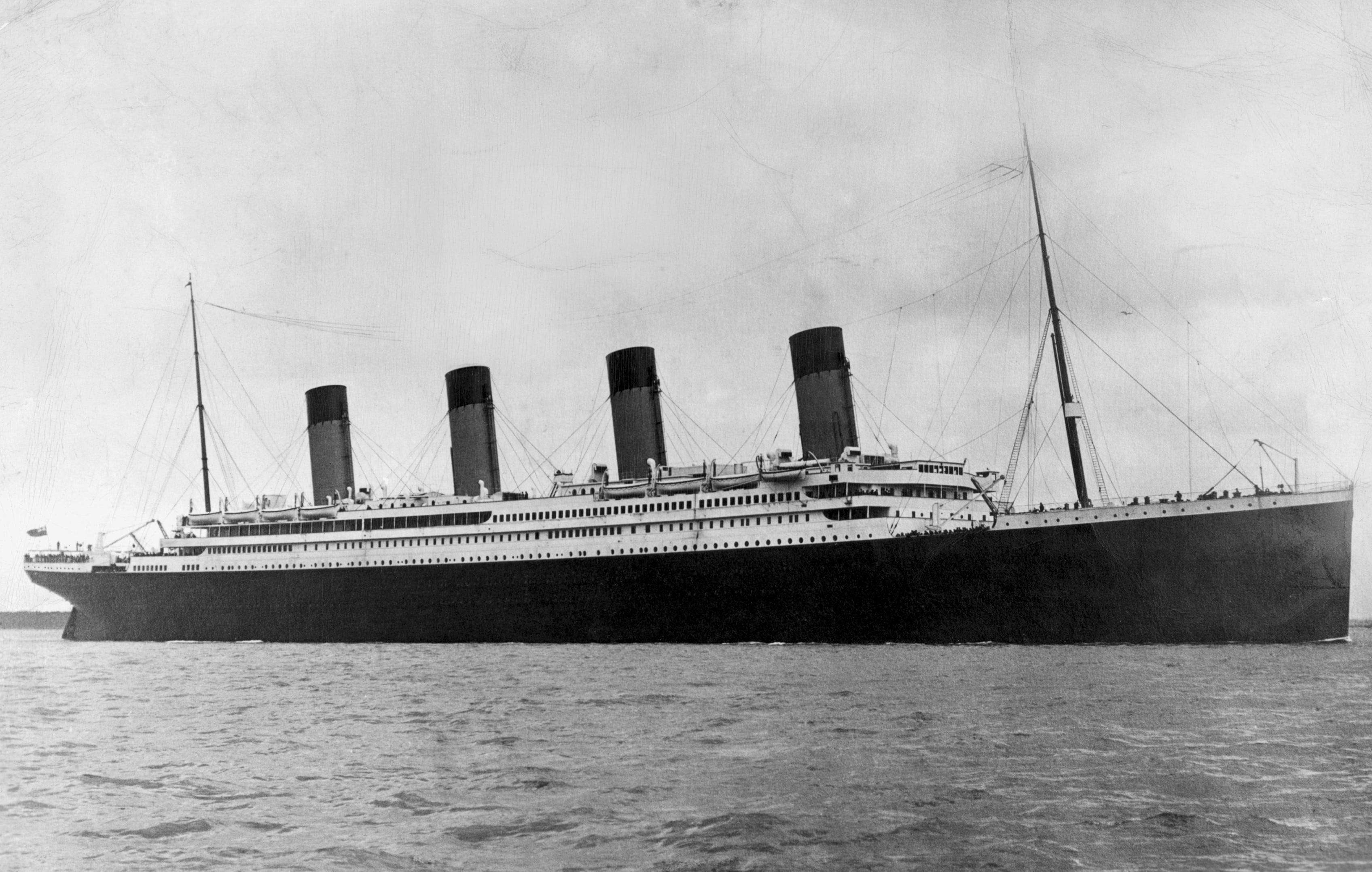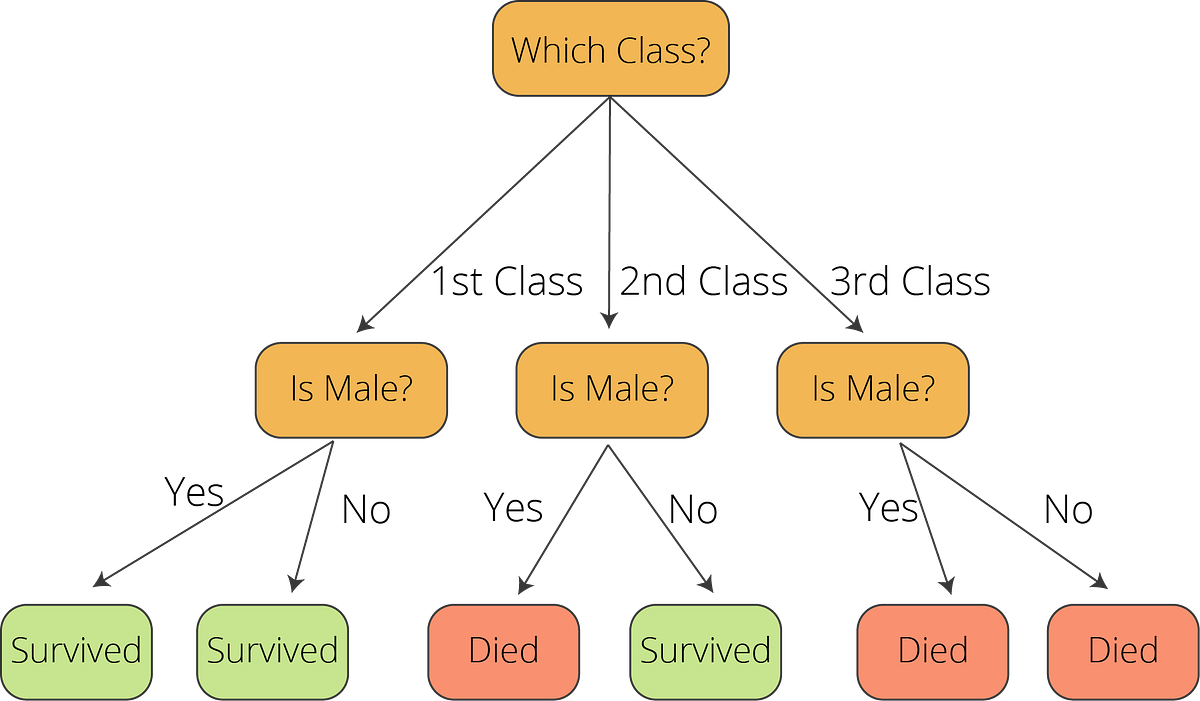_Since you are reading this article, I am sure that we share similar interests and are/will be in similar industries. So let’s connect via Linkedin! Please do not hesitate to send a contact request! _Orhan G. Yalçın — Linkedin
Photo by Markus Spiske on Unsplash
If you are interested in machine learning, you have probably heard of Kaggle. Kaggle is a platform where you can learn a lot about machine learning with Python and R, do data science projects, and (this is the most fun part) join machine learning competitions. Competitions are changed and updated over time. Currently, “Titanic: Machine Learning from Disaster” is “the beginner’s competition” on the platform. In this post, we will create a ready-to-upload submission file with less than 20 lines of Python code. To be able to this, we will use Pandas and Scikit-Learn libraries.
Titanic RMS and the Infamous Accident
RMS Titanic was the largest ship afloat when it entered service, and it sank after colliding with an iceberg during its first voyage to the United States on 15 April 1912. There were 2,224 passengers and crew aboard during the voyage, and unfortunately, 1,502 of them died. It was one of the deadliest commercial peacetime maritime disasters in the 20th century.

Figure 1. A Greyscale Photo of Titanic RMS on Wikipedia
One of the main reasons for such a high number of casualties was the lack of sufficient lifeboats for the passengers and the crew. Although luck played a part in surviving the accident, some people such as women, children, and the upper-class passengers were more likely to survive than the rest. We will calculate this likelihood and effect of having particular features on the likelihood of surviving. And we will accomplish this in less than 20 lines of code and have a file ready for submission. … Let’s Get Started!
#programming #technology #data-science #artificial-intelligence #machine-learning
